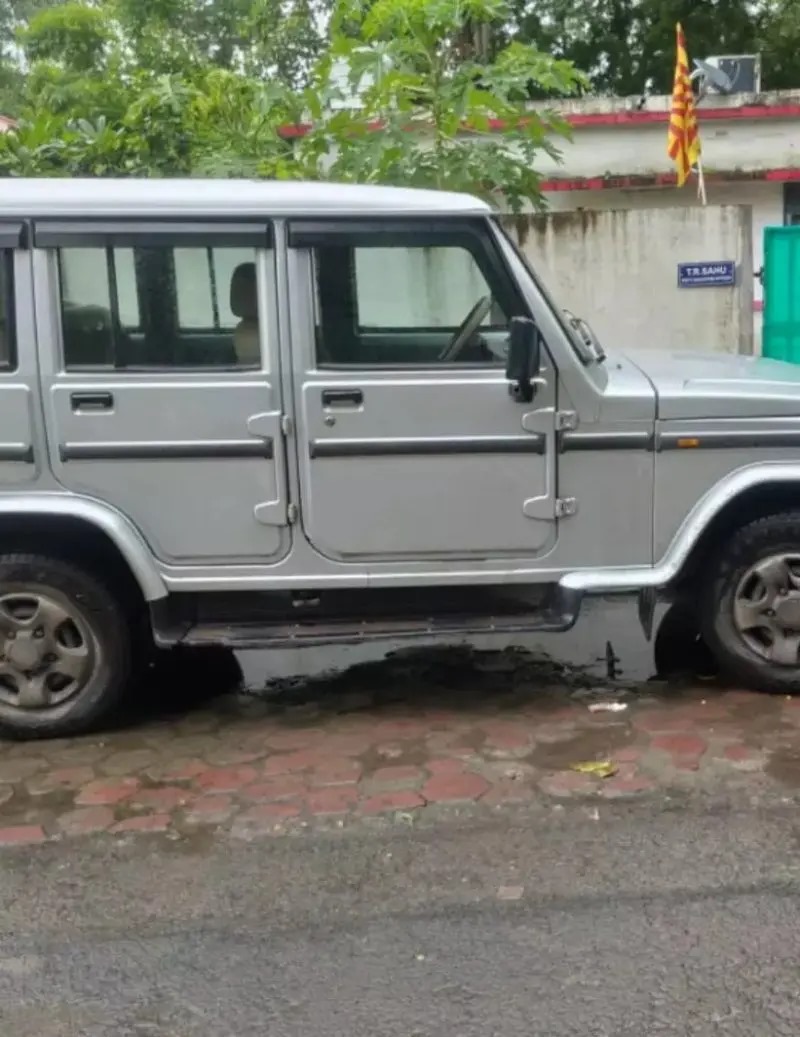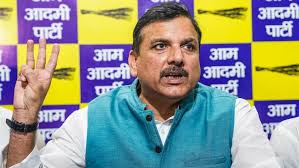India’s $18B Chip Gamble: Race Against Time & Taiwan, 9 Points

🚀 India’s $18.2 Billion Push to Build a Semiconductor Powerhouse
1. Global Context & Opportunity
1.1 In 2022, the U.S. restricted exports of advanced AI chips to China, sparking a global semiconductor race.
1.2 India, a late entrant, now aims to reduce chip imports, secure supply for AI, defence, and electronics, and capture part of the global market shifting away from China.
1.3 Despite being one of the largest consumers of electronics, India has no domestic chip manufacturing ecosystem.
2. Government’s Big Bet: $18.2 Billion Investments
2.1 India has approved 10 semiconductor projects worth ₹1.6 trillion ($18.2 billion).
-
Includes 2 fabrication plants (fabs).
-
Multiple testing & packaging units.
2.2 Objective: Build a complete supply chain — design, fabrication, testing, and packaging — inside India.
📊 Table 1: India’s Semiconductor Projects
| Project Type | No. of Projects | Investment (INR) | Investment (USD) |
|---|---|---|---|
| Fabrication Plants (Fabs) | 2 | ₹910 billion | $11 billion |
| Testing & Packaging Units | 8 | ₹690 billion | $7.2 billion |
| Total | 10 | ₹1.6 trillion | $18.2 billion |
3. Key Mega-Projects
3.1 Tata Electronics + Taiwan’s PSMC
-
Building India’s largest fab in Gujarat.
-
Investment: ₹910 billion ($11 billion).
-
Focus: chips for AI, automotive, computing, data storage.
3.2 Clas-SiC Wafer Fab (UK) + SiCSem (India)
-
Setting up India’s first compound semiconductor fab in Odisha.
-
Applications: missiles, EVs, defence, consumer electronics, solar power.
4. Policy Push & Incentives
4.1 The Semiconductor Mission now covers:
-
50% of project costs for all fabrication, testing, and packaging plants (regardless of chip size).
-
New scheme to support electronic component manufacturing (e.g., phone camera modules) to create local demand.
4.2 International interest:
-
Taiwan, UK, US, South Korea companies exploring India’s chip ecosystem.
5. Challenges on the Road Ahead
5.1 Experts warn India needs more than a few fabs — it needs a deep ecosystem.
5.2 Setting up a fab requires meeting 500+ factors: talent, policies, tax, trade, logistics, IP protection.
5.3 Infrastructure hurdles: fabs need flood-free, vibration-free zones with high-purity chemicals.
6. OSAT (Outsourced Semiconductor Assembly & Testing): India’s Shortcut
6.1 Lower capital intensity, higher margins compared to fabs.
6.2 Many Indian groups are exploring OSAT, positioning India for global relevance.
7. Technology Race: 2nm Chips
7.1 India is far from manufacturing cutting-edge 2nm chips.
7.2 TSMC (Taiwan) will mass-produce 2nm chips in 2025.
7.3 In Bengaluru, ARM (UK) announced its design work for 2nm AI chips from India.
7.4 But India’s role remains limited to design validation, not core IP.
8. India’s Talent Advantage
8.1 Chip design talent has existed since the 1990s.
8.2 India contributes heavily to validation & testing for global chip firms.
8.3 Weak IP laws restrict India from moving into core design ownership.
9. Expert Opinions
-
Stephen Ezell (ITIF): India needs a long-term ecosystem, not just “shiny fabs.”
-
Sujay Shetty (PwC): The next 3–4 years are critical for operational fabs.
-
Sajai Singh (JSA Advocates): India must update IP laws to compete globally.
📊 Table 2: India’s Semiconductor Journey (Key Figures)
| Parameter | Value / Status |
|---|---|
| Total Approved Projects | 10 |
| Total Investment | ₹1.6 trillion ($18.2 billion) |
| Largest Project | Tata + PSMC, ₹910B ($11B), Gujarat |
| Global Benchmark | TSMC 2nm Chips (2025) |
| Critical Timeframe | Next 3–4 years |
Disclaimer (for The Profit India)
This article is for informational purposes only and does not constitute financial or investment advice. The Profit India does not guarantee the accuracy of financial data, project valuations, or future projections. Readers are encouraged to conduct independent research or consult industry experts before making investment-related decisions.





